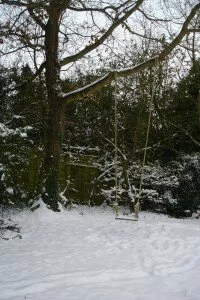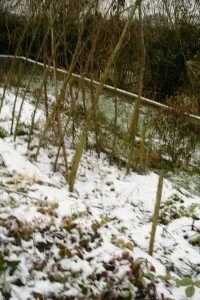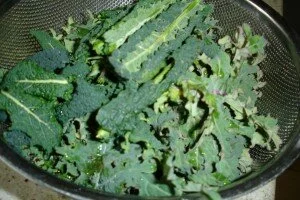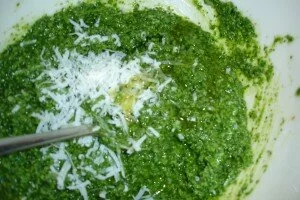As you can see, it’s been very pretty around here lately but a little tricky to find any veg in the garden. Even before the snow, the frosty days made the bare bones of the garden beautiful but digging a leek from the icy ground was challenging.
But through all this, the brassicas did me proud. While cooking a thai curry that I normally add chard to, I could see sprout tops rising out of the snow and grabbed a few for ny greens.
Yesterday was the first day without snow. Just mud now. Lots of it and plenty of areas revealed that need clearing in my scruffy garden. The perfect white blanket covered a multitude of sins for over a week, but now I’m reminded of all the jobs I didn’t get round to doing outside. I know, even in the snow it was evident that I didn’t get round to clearing those bean poles. I do feel truly shabby.
Thankfully the brassicas cheer me up. The hardiness of kale, brussels, cavolo nero, even chard often amazes me. Now, having been half buried in snow for over a week, they’re tempting me to cook.
Different types of kale, sometimes spinach, and often cavolo nero all make it into my winter pesto. I find that not only is pesto a great way of getting greens easily down my daughter (she fiddles and asks suspiciously about “that green stuff” in all sorts of other dishes, yet this healthy, extremely green sauce is one of her favourites with pasta), it’s very versatile with lots of the easy edibles in the garden. Before the parsley is growing in abundance, chervil makes it into pesto, while we often venture into nearby woods for wild garlic. The fragrant green leaves make lovely wild garlic pesto. Pesto with basil is lovely in the heat of the summer of course, but parsley and kale are my reliable favourites for pesto supplies for the rest of the year. Walnuts are great in pesto, Louisa at chezfoti has a great recipe for parsley pesto with almonds which I’d like to try. But mostly I use pumpkin seeds – they’re tasty, healthy and normally lots cheaper than pine nuts.
As well as being so easy to grow, kale is full of nutrients. I always forget exactly which nutrients, but Trine Hahnemann has been reminding me in the nordic diet:
“Kale is a fantastic source of soluble fibre, the antioxidant vitamins A, C and K, and the energy-relasing B vitamins as well as large amounts of sulphur-containing phytochemicals now known to prevent some cancers. ”
Once made, pesto keeps in a jar in the fridge (covered with a layer of rapeseed or olive oil) for at least a week providing several easy suppers with pasta. I also like to diagonally slice a ciabatta (have done this with home-baked spelt baguette from the nordic diet too) part way through, spoon in some pesto and drizzle with olive oil then bake then wrap in foil and warm in the woodburner oven too. And am planning to try Trine Hahnemann’s baked fish and parsley pesto sandwich.
Recipe Kale Pesto:
75g pumpkin seeds
About 50g of kale and cavolo nero, I tend to use the young leaves for this.
1 garlic clove, roughly chopped
200ml rapeseed oil or olive oil
50g grana padano, parmesan or hard English cheese
Blitz all ingredients in a food processor or with hand-held blender then add cheese and season with salt and pepper to taste. If the kale leaves are particularly bitter, you may want to add a teeny bit of sugar. If the pesto is too stiff, add oil to suit.
If serving with pasta you can add another drizzle of oil and maybe eat this Ligurian style, adding some green beans or pieces of potato to cook with the pasta.







